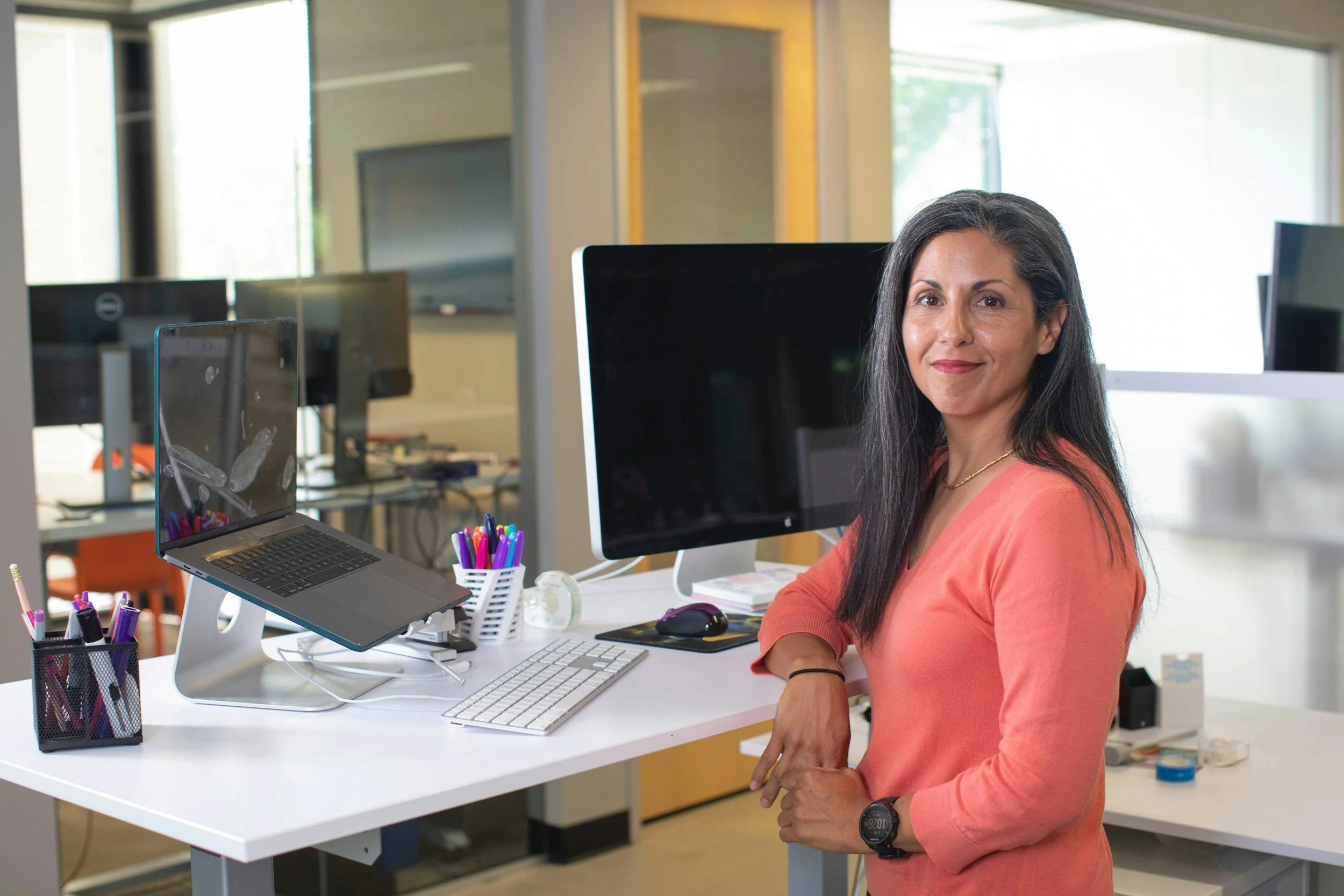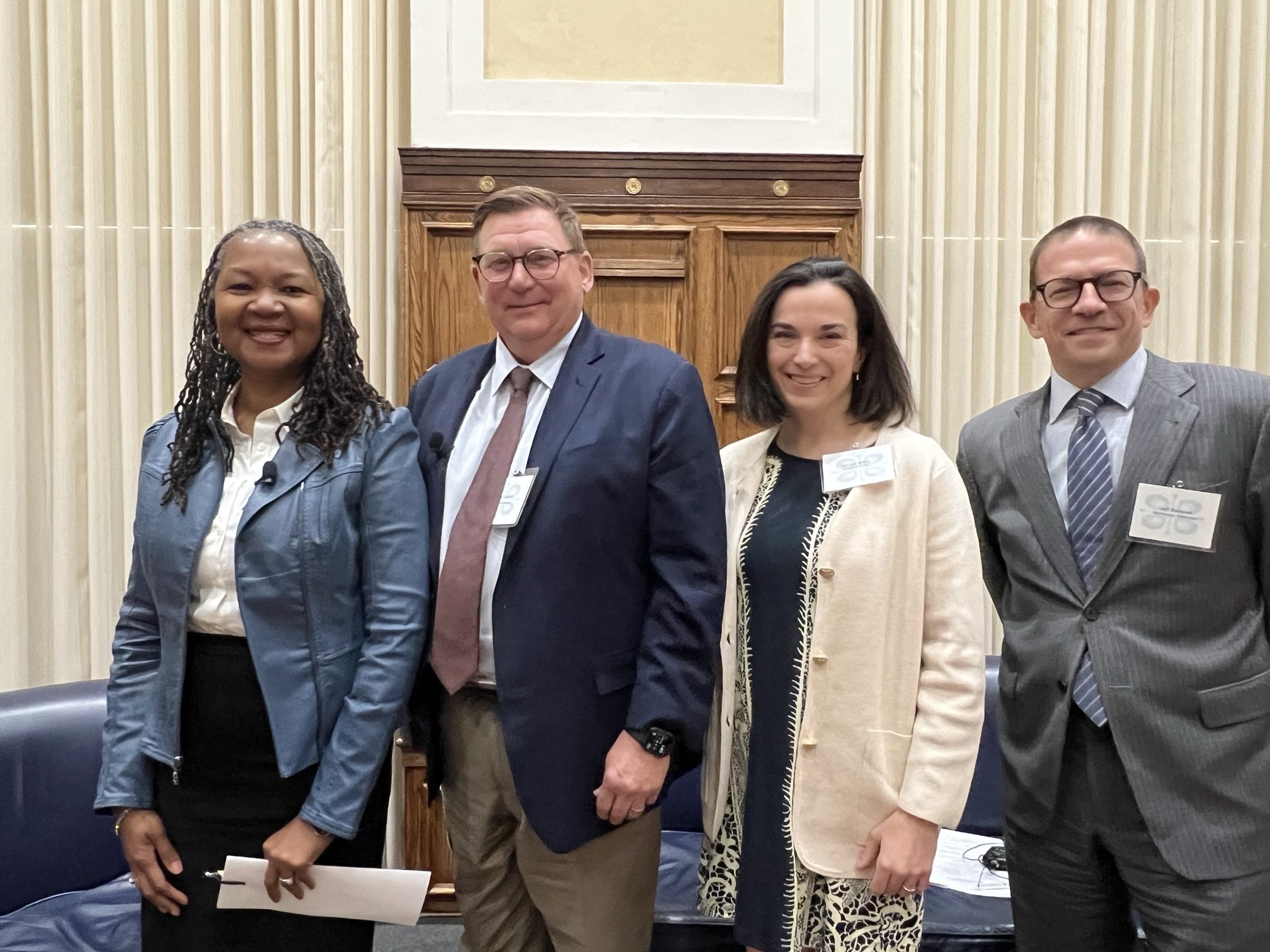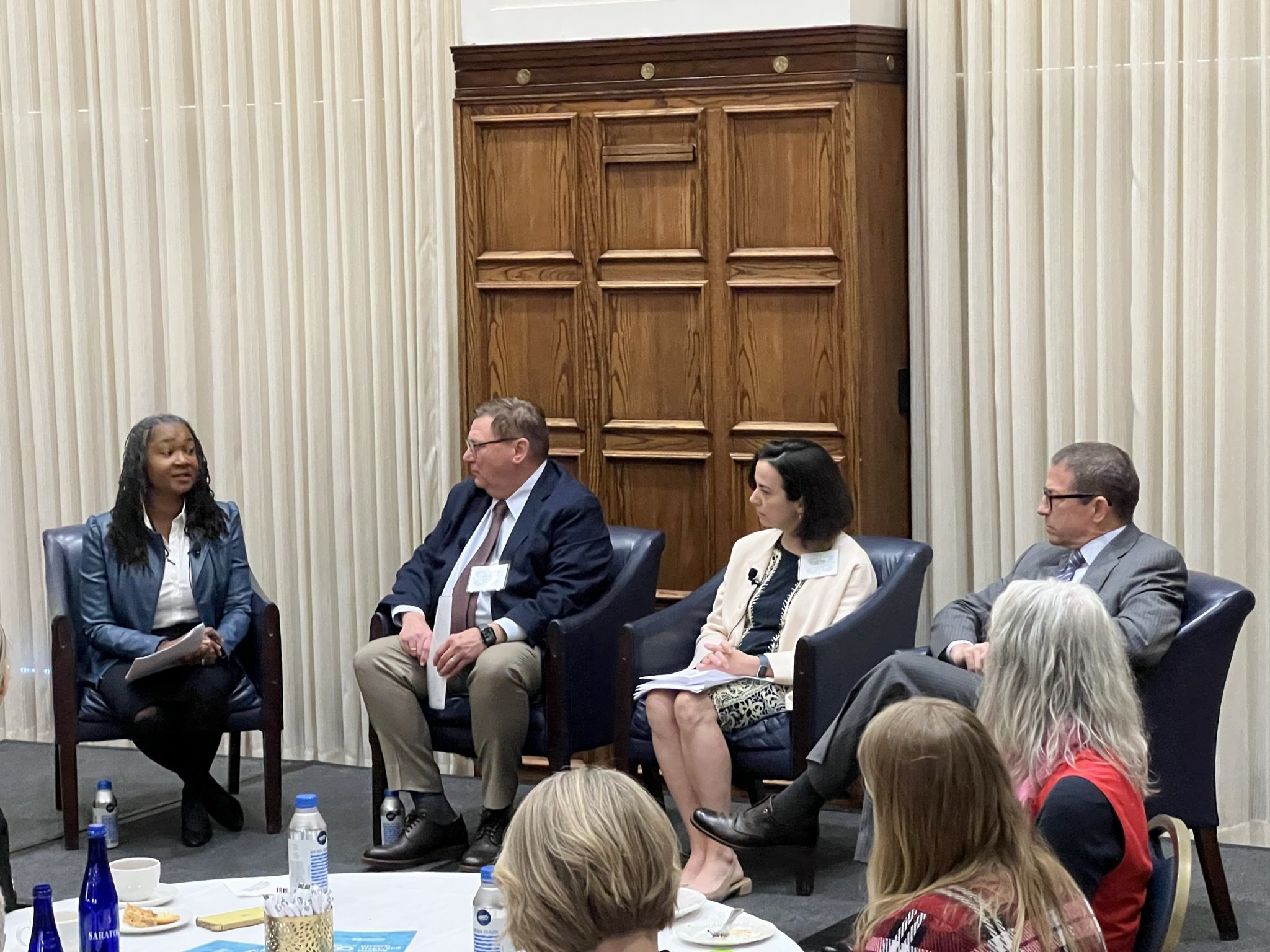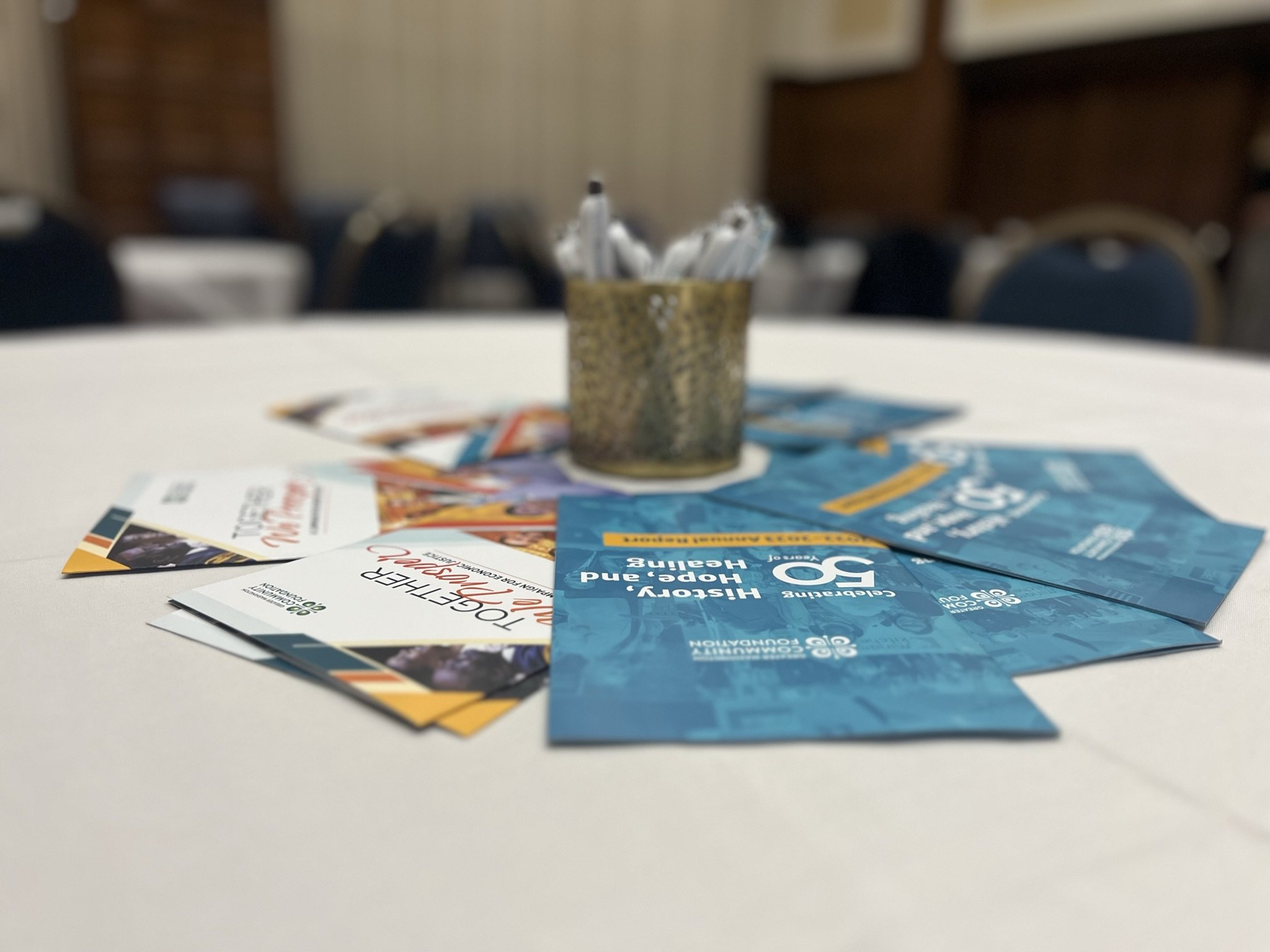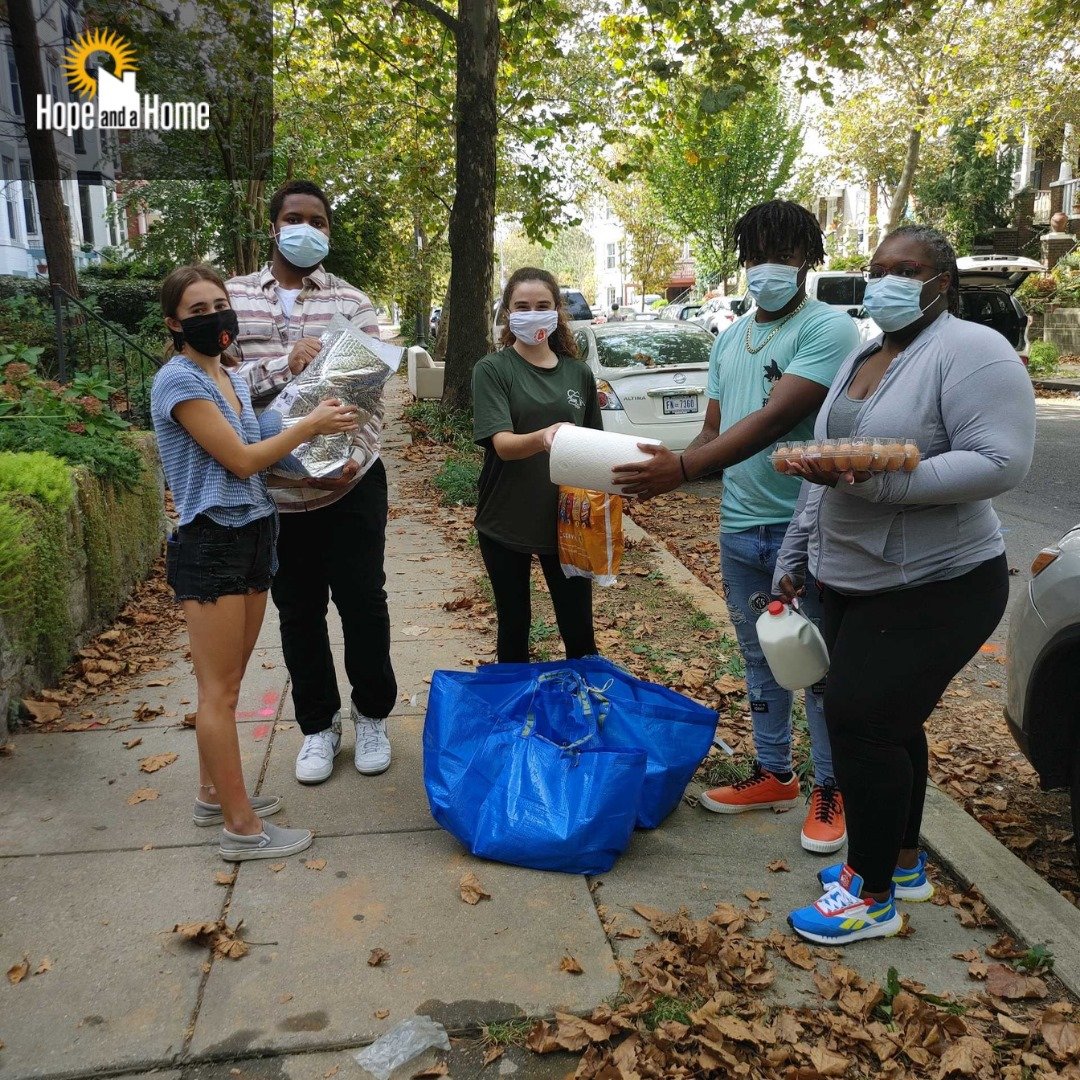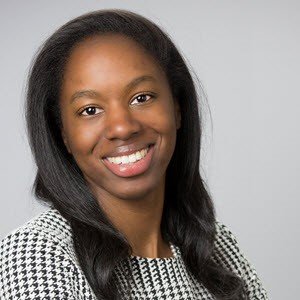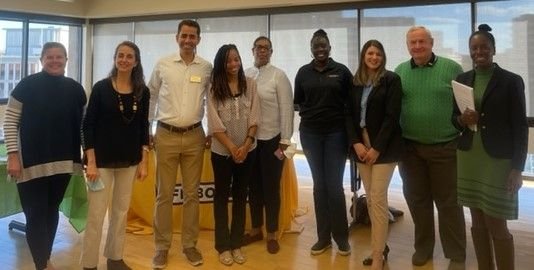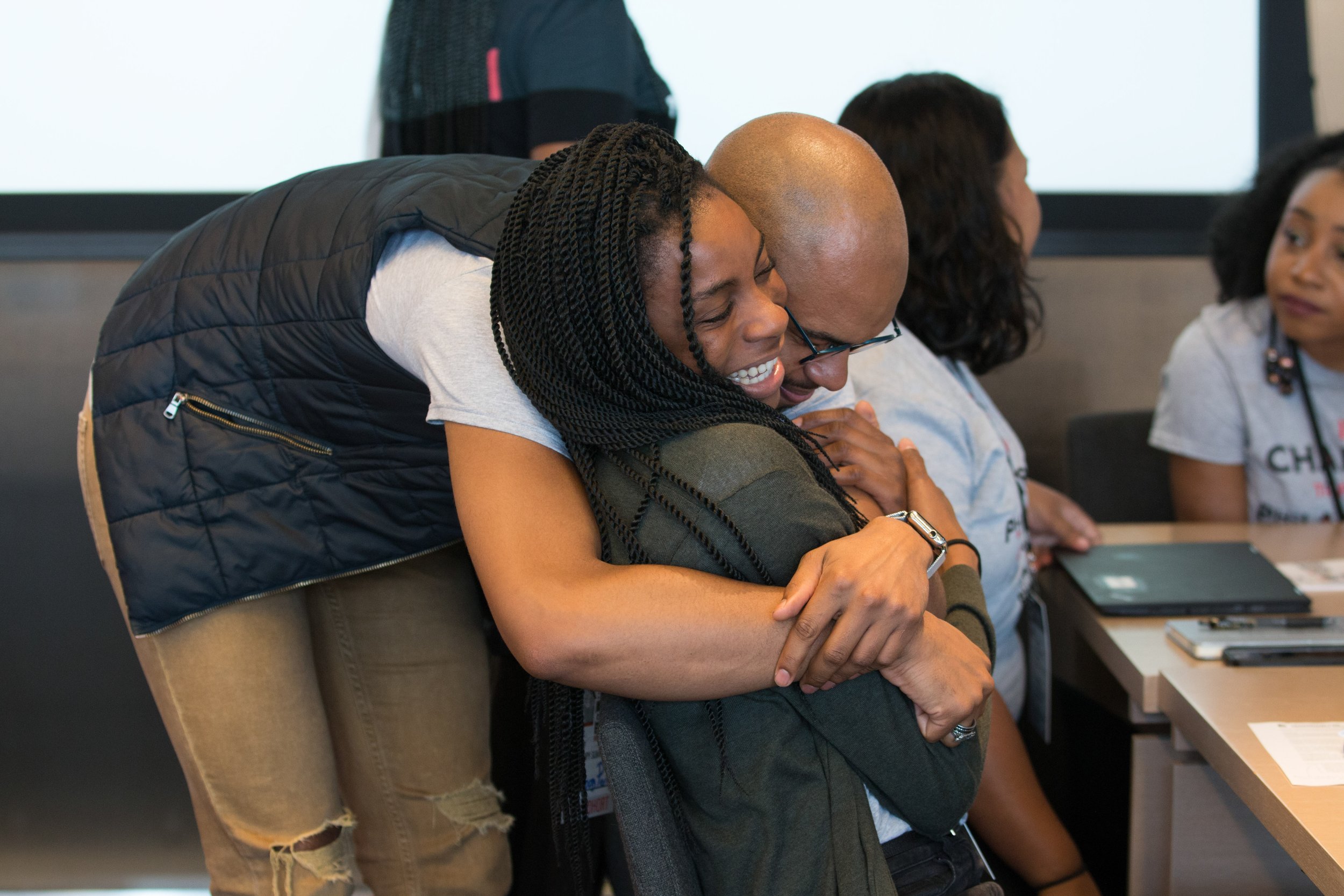By Vernon W. Holleman, III, CLU
Co-Chair of The Community Foundation’s Professional Advisor Council.
Turbulent times create opportunities to re-evaluate planning and drive thinking on making an impact on one’s community. The recent market tumult is no exception. Here are three ways, briefly described, to utilize life insurance to make, or enhance, planned gifts:
Update an Existing Policy Beneficiary to include a Community Foundation or Charity.
This is an easy option for the policy owner to add an organization(s) of their choosing. It can be a percentage of the total policy death benefit or a specific amount, e.g. $100,000.00. There is no current tax deduction for adding the beneficiary, but such an update can be done with both term and permanent life insurance. Clearly, the likelihood of a policy paying out is greater with a permanent policy but having a Community Foundation or School, or other, named as beneficiary on a term policy can be a nice way for someone young to include bequests in the event of a pre-mature death. The policy owner can seek help from the agent / broker, or the carrier directly to help facilitate such an updated beneficiary change.
2. Donate an Existing Policy to a Community Foundation or Charity.
A life insurance policy that was once an important cornerstone of a family's financial security plan that is no longer as vital, as savings and assets have grown and child rearing expenses have waned, can be an attractive asset to donate to a Community Foundation or Charity. Such policies may have been acquired when the first home was purchased or when children were first born. A review of such a permanent (e.g. whole life, universal life, or variable life) will allow a family to determine the dynamics around the policy and its value for charitable giving purposes. Clarity around the policy owner, the beneficiary, the cost basis, the current cash value, and the future premium obligation (if any) are the initial factors that must be understood and considered. These factors will allow the policy owner to determine the charitable tax deduction of the policy donation, and for the Charity to understand what it is receiving.
Generally, the deducible amount is the lesser of the cost basis (premiums paid) and cash surrender value, as provided by the insurance company (the insurance carrier will provide an “interpolated terminal reserve value”). For example, if a policy has a $500k cash surrender value with a cost basis of $250k, the deductible gift is $250k. This planning is covered under IRS Section 170(e) and Revenue Ruling 78. A deduction assumes the charitable gift value is within the family's Adjusted Gross Income (AGI) limit. Seeking professional tax advice to confirm the deductible amount is advised. The gift of the policy must be irrevocable, with the owner relinquishing all rights and incidents of ownership of the policy. It is important for the Charity to understand the projected, or in-force ledger, future performance and if there are future premiums obligations as it is common for the Charity to hold the policy until the donor’s passing. Again, the agent / broker can help facilitate such a change of ownership, or the carrier can be contacted directly.
3. Acquiring a New Policy Owned by the Community Foundation or Charity.
Having a Community Foundation, or other charitable organization, apply for and own a life insurance policy on a donor is a planning alternative, assuming that insurable interest can be established at the outset. To establish an insurable interest, there must be a financial loss to the charity if the donor were to die, as well as true involvement in the organization over a reasonable period of time. For example, someone who has given to a charity each year for a long period of time and has served on the Charity’s Board of Governors, or other active committees, would likely be able to establish an insurable interest, as judged by the life insurance carrier. Someone who is newly involved with an organization, without a long history of giving, would unlikely meet the carriers’ threshold. It is important to understand that not all life insurance carriers underwrite policies that are owned by charity, so it is important to work with an independent insurance advisor from the outset to establish insurable interest, as well as work through policy design ideas and alternatives to meet the desired budgeting and gift dynamics.
It is also important that the charity accepts gifts of life insurance. If insurable interest is established and the Charity is willing to accept such a gift, then the charity applies for, and owns, the policy on the life of the insured (the donor); it is also the beneficiary. The donor then makes annual gifts to the charity in order to fund the annual premium obligations. These gifts (premiums) may be deductible, as having the Charity own the policy avoids any incidents of ownership in the policy, which allows the gifts made to the Charity to be deductible, assuming they are within the donor’s Adjusted Gross Income (AGI) limits and the donor's total tax picture is taken into consideration.
This planning alternative provides flexibility and leverage for the donor and a planned (deferred) gift that the charity can count on in the future. Leverage because the ultimate payout of the life insurance benefit (death benefit) should be greater than the gifts (premiums) made to the charity. Let’s look at an example of a male age 55 who wanted to make a planned gift to his local Community Foundation (CF) of $500,000.00. Clearly, he could make a bequest in his estate plan for such a gift. As an alternative, he worked with his life insurance advisor to explore the economics of using life insurance to achieve the same gift. He had given generously to the CF for over a decade and served on the CF Board of Trustees, so he was able to establish insurable interest. He explored various policy designs and determined that funding the policy over ten years was the right gifting strategy for him. He also wanted to guarantee the policy performance, so he chose a guaranteed variable universal life insurance policy that had annual premiums of $16,000.00 a year for ten years and guaranteed the policy to at least his age 100. In fact, with a 7% annual return assumption, the death benefit was projected to grow at his age 82. The CF Development officers found this design and risk structure acceptable, and the policy was applied for. The Donor was able to make tax deductible gifts to the Community Foundation each year, totaling $160,000.00, and will ultimately leave a $500,000.00 gift to the CF.
Exploring gifts of existing or new life insurance is a way to increase one’s community impact and the charities they most care about. Although often overlooked – the outcome can be a real win for both Community Foundations and Donors alike.

